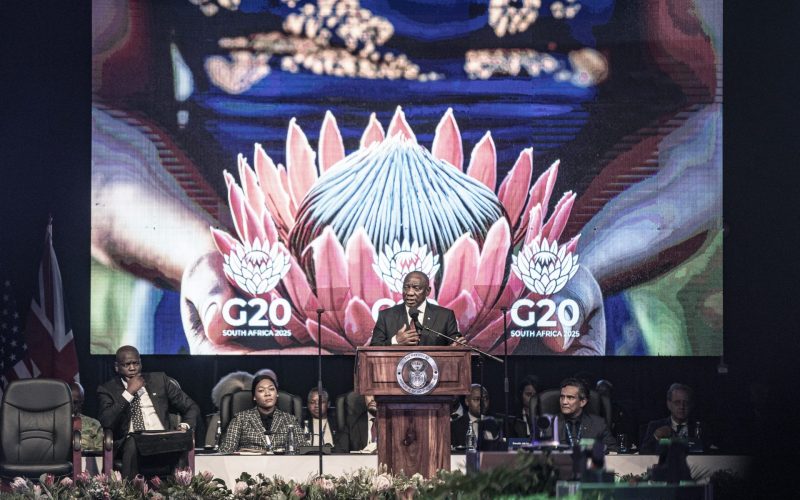Why a Cost of Capital Commission is needed
Forty percent of the world’s population lives in countries that spend more on debt service than health or education.1Rebeca Grynspan et al., ‘A World of Debt Report 2024’,(Geneva: UNCTAD, 2024). This is particularly a challenge in Africa, where 20 low-income countries are in, or at risk of, debt distress. African countries owe $655.6 billion to external creditors as of 2022, up from $283 billion a decade previously, and will pay $89.4 billion in external debt service in 2024. Debt service as a share of government spending (12%) has surpassed spending on healthcare (7.3%).2Sara Harcourt and Fiona Robertson, “African Debt”, The ONE Campaign
Because of these high debt service costs in Africa and elsewhere, net financial flows to ‘developing countries’ turned negative in 2022, meaning that debt service exceeded official development assistance (ODA) and new financing.3Sara Harcourt and David McNair, “Net Finance Flows to Developing Countries Turned Negative in 2023”, The ONE Campaign, 2024 A growth in the volume of African debt has been accompanied by the US Federal Reserve increasing interest rates to calm domestic inflation, which both increased debt service costs and strengthened the dollar against local currencies. All at a time when energy and food prices faced pressure in the wake of Russia’s invasion of Ukraine.4David McNair, “How Russia’s Invasion of Ukraine Will Impact Africa?”, The ONE Campaign, 2022.
But Africa’s debt crisis is not one of too much debt. In fact, given the continent’s demographic trends, the massive human development and infrastructure needs and the challenge of climate change, Africa needs more investment, more domestic resources and more borrowing. But Africa’s borrowing is low in comparison to that of advanced economies. General government net debt as a proportion of gross domestic product (GDP) is 70% in Kenya, 69% in South Africa, 45% in Nigeria and 35% in Ethiopia. These figures are low compared to the US (96%), Japan (155%), Italy (126%), France (102%), UK (92%) and Germany (46%).5 Calculations by Jorge Rivera based on data from the IMF’s World Economic Outlook, 2024.








